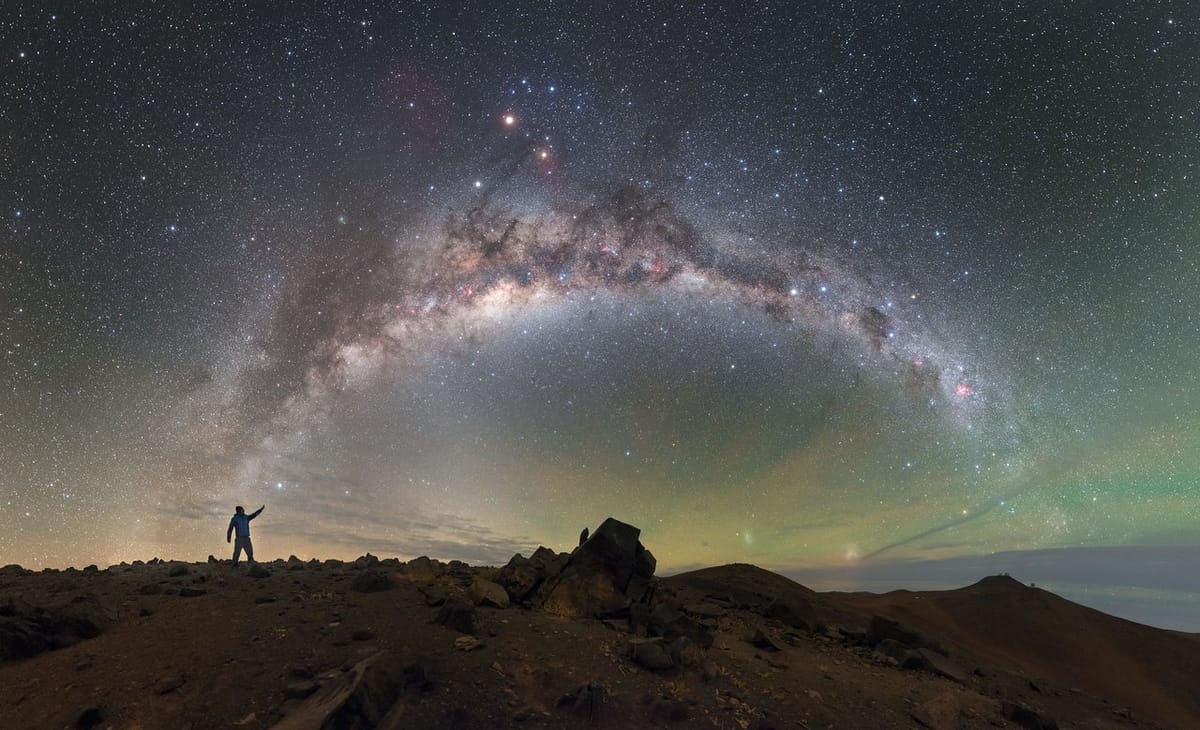World's Largest Digital Camera Begins Revolutionary Sky Survey at Chilean Observatory
The Vera C. Rubin Observatory in Chile has achieved a historic milestone by successfully installing and testing the world's largest digital camera, marking the beginning of what scientists are calling the most comprehensive sky survey in human history. The Legacy Survey of Space and Time (LSST) Camera, weighing 6,200 pounds and standing nearly 5 feet tall, will capture images of the entire southern sky every few nights for the next decade.
A Technological Marvel of Unprecedented Scale
The LSST Camera represents a quantum leap in astronomical imaging technology. With 3.2 billion pixels—equivalent to 1,500 high-definition television screens—this engineering masterpiece can detect objects 100 million times fainter than those visible to the naked eye. To put this in perspective, the camera's resolution is so extraordinary that it could photograph a golf ball from 15 miles away.
Constructed over two decades by an international collaboration of scientists and engineers, the camera contains 189 individual sensors, each the size of a smartphone screen. These sensors are kept at a frigid -150°F (-101°C) to minimize electronic noise and maximize image quality. The entire system is encased in a sophisticated cryostat that maintains these extreme temperatures while protecting the delicate electronics.
Transforming Our Understanding of the Universe
Mapping Dark Matter and Dark Energy
The camera's primary mission involves creating the most detailed map of dark matter ever attempted. By observing how light from distant galaxies is bent by invisible dark matter—a phenomenon called gravitational lensing—astronomers will gain unprecedented insights into the universe's hidden architecture. Scientists estimate that dark matter comprises 27% of the universe, yet remains one of physics' greatest mysteries.
The survey will also investigate dark energy, the mysterious force accelerating the universe's expansion. By tracking billions of galaxies over time, researchers hope to understand whether dark energy's strength is changing and what this means for the cosmos's ultimate fate.
Discovering Potentially Hazardous Asteroids
Beyond cosmic mysteries, the LSST Camera serves a crucial planetary defense role. The system will catalog millions of asteroids and comets, particularly those that could potentially threaten Earth. Current estimates suggest the survey will discover 90% of all near-Earth objects larger than 140 meters in diameter—objects capable of causing regional devastation if they were to impact our planet.
Revolutionary Data Collection Capabilities
Unprecedented Volume and Speed
Each night, the camera will generate approximately 20 terabytes of data—equivalent to storing 5 million digital photos. Over its 10-year mission, the survey will produce an estimated 60 petabytes of data, creating the largest astronomical dataset in history. This information will be processed at the SLAC National Accelerator Laboratory in California and made freely available to researchers worldwide within 24 hours of collection.
Time-Domain Astronomy
Unlike traditional telescopes that capture static snapshots, the LSST Camera excels at time-domain astronomy—studying how celestial objects change over time. This capability will revolutionize our understanding of exploding stars (supernovae), variable stars, and other transient phenomena. The system can detect brightness changes as small as 1% in objects across the entire southern sky.
Global Scientific Impact
The project represents a $473 million investment funded by the U.S. National Science Foundation and the Department of Energy, with additional international contributions. Over 1,000 scientists from more than 30 countries are involved in the collaboration, making it one of the largest scientific endeavors in astronomy.
Dr. Željko Ivezić, LSST Director, emphasized the camera's transformative potential: "This instrument will fundamentally change how we study the universe. We're not just taking pictures—we're creating a movie of the cosmos that will run for a decade."
Looking Toward the Future
The LSST Camera began its preliminary observations in early 2024, with full scientific operations scheduled to commence by mid-2024. The first data release, expected in late 2024, will provide astronomers with an initial glimpse of the survey's revolutionary capabilities.
This groundbreaking instrument represents more than technological achievement—it embodies humanity's relentless pursuit of cosmic understanding. As the camera begins its decade-long mission, it promises to answer fundamental questions about our universe while undoubtedly raising new mysteries that will inspire the next generation of astronomers and space scientists.
